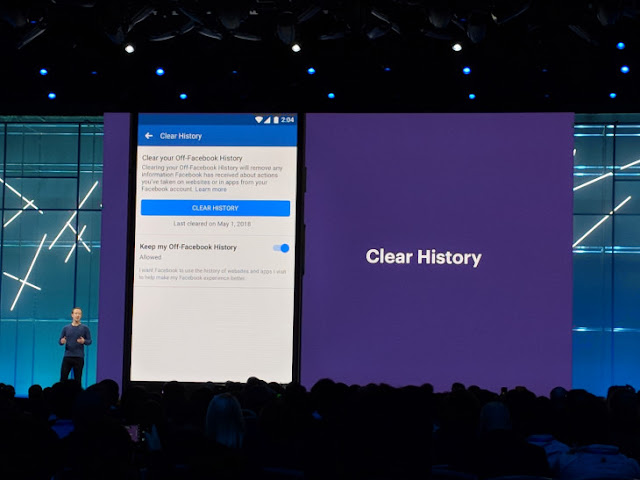How do you compete
with the world’s largest chat app in its strongest market?
Hike, the Indian
messaging app valued at more than $1 billion, is taking a unique approach to
battling WhatsApp which involves dismantling its service, layering it on budget
Android phones and offering free connectivity.
The company, which is
backed by the likes of Tencent and Foxconn, today unveiled ‘Total, built by
Hike’ — a new service aimed at reaching novice smartphone owners and first-time
internet users in India
Hike is in the
unenviable position of competing squarely with WhatsApp, the world’s most
popular chat app, which counts India India
CEO Kavin Bharti
Mittal plays down the competition — WhatsApp “doesn’t have to lose” for Hike to
succeed, he said — but with Total, Hike is being more nimble that its
Facebook-owned rival and redesigning itself to offer a different kind of
experience to reach new internet users before WhatsApp gets them.
The most notable part
of Total is that it runs without a data connection.
That’s
important, Bharti Mittal told TechCrunch, because Hike has noticed a
general slowdown in internet adoption growth in India
“It’s a 15-20
step process [to step up a smartphone] and that’s complicated for a first time
mobile user,” he explained in an interview. “Combined with pricing, that makes
it very scary.”
Total, then, is Hike’s
effort to make things easier. The startup teamed up with mobile carriers
and OEMs for Total, with device makers bundling a tweaked version of Android
that makes Hike the default text/call app and loads features like Hike’s
wallet, cricket news and horoscopes. The registration process is now down to
under five steps, too.
The piece de resistance
is ‘data without data.’
Owners of
Total-powered devices can get online without a data plan thanks to an
adaptation of USSD, a technology that is typically used to send basic
information to devices like balance checking.
Hike said it developed
a proprietary system that, with approval from carriers, allows USSD to be used
for basic internet access. Supplied for free, it allows a range of Hike
services to operate on a device when it is offline.
Total unbundles and pre-installs eight Hike services that
operate without a data connection
It isn’t fast —
TechCrunch was shown a demo during a video conference call — but it’s enough to
operate Hike messaging, Hike wallet and the unbundled features like real-time
cricket scores. Like Internet.org, Facebook’s free internet system that was
deemed unconstitutional in India
There are some limits
around usage though. Specific features — such as sending or receiving
photos in chat — require a data package, and Hike has negotiated with carriers
to offer tariffs as low as 1 INR (less than $0.02). The payment is made over
the device’s Hike Wallet, which connects to a bank account using the Indian
government’s UPI tech.
“Our goal is still to
bring one billion people online. The Total connection is pretty good but it is
not the internet, we want people to come on to rich services,” Bharti
Mittal explained.
Initial partners
include operators Total. Airtel, Aircel and BSNL — which cover around 40
percent of India’s market — while four smartphones from Indian OEMs Intex andKarbonn due to launch March 1. They will be priced from 3,500 INR($55), Bharti Mittal said.
“These are starting
partners and our hope is that, as we make more progress, we can get more
partners,” the Hike CEO said.
Financially, Hike is
paying the OEMs to pre-bundle Total. Bharti Mittal didn’t comment on its
agreement with carriers but you’d imagine there is a revenue-share agreement
for each data pack or upgrade sold.
No doubt, Hike’s
proposition is seen as a low-risk opportunity for India ’s
carriers, who are still reeling from the emergence of Reliance Jio, which is
funded by India India
Hike isn’t just
looking at India
“There are many
markets out in the world where this technology could be equally as prevalent,”
he said, hinting that Africa and neighboring
countries could be expansion targets.
Hike isn’t alone at
addressing India







No comments:
Post a Comment